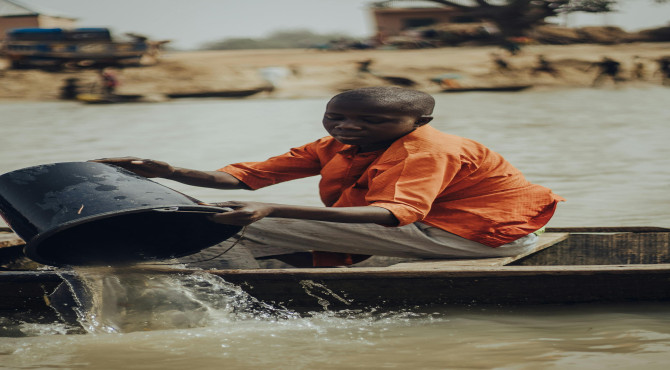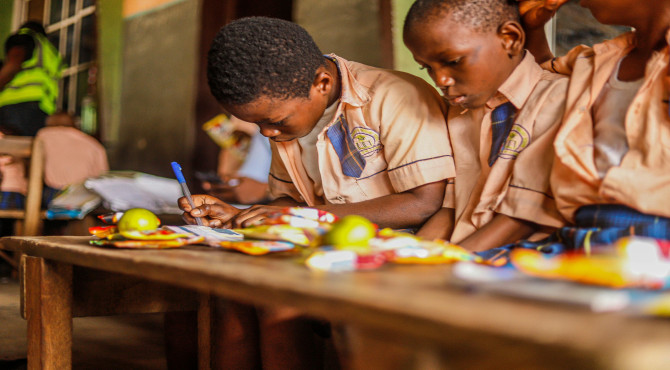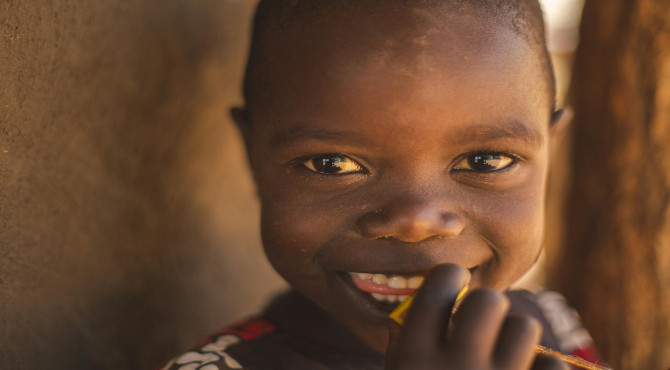The Rights of Children on the Move
The Rights of Children on the Move
Every child, regardless of their circumstances, is entitled to a set of fundamental rights that safeguard their dignity, well-being, and future. For children on the move—those who migrate, seek asylum, or are displaced—these rights become even more critical. These children often face heightened vulnerabilities, including separation from family, lack of access to basic services, and exposure to exploitation. Recognizing and upholding their rights is essential for ensuring their safety and development.
1. The Right to Safety and Protection
Children on the move are frequently exposed to dangerous environments and situations. They have the right to:
Be protected from violence, exploitation, and abuse.
Access safe shelters and protective services.
Be reunited with family members whenever possible and in their best interest.
2. The Right to Education
Education is a cornerstone of a child’s development and future opportunities. Migrant and displaced children must have access to:
Free and inclusive education in host communities.
Language support and resources to integrate into new school systems.
Safe learning environments that foster stability and growth.
3. The Right to Health and Well-being
Health is a fundamental right for all children, and children on the move often face barriers to accessing healthcare. Their rights include:
Access to basic healthcare services, including vaccinations and mental health support.
Adequate nutrition, clean water, and sanitation.
Specialized care for trauma and other migration-related health issues.
4. The Right to Legal Identity and Documentation
A legal identity ensures access to essential services and protection under the law. Children on the move have the right to:
Birth registration and identity documents.
Legal representation and support during asylum or immigration processes.
Protection against statelessness and arbitrary detention.
5. The Right to Participation
Children on the move should have their voices heard and considered in decisions affecting their lives. This includes:
Being consulted in matters of family reunification and resettlement.
Participation in community programs that affect their integration and well-being.
Access to platforms where they can share their stories and advocate for their rights.
6. The Right to Non-Discrimination
Children on the move often face prejudice and exclusion. Upholding their rights means:
Ensuring they are treated equally, regardless of nationality, ethnicity, or migration status.
Providing inclusive services that cater to their unique needs.
Challenging stereotypes and fostering acceptance within host communities.
7. The Right to Family Life
The family unit is vital for a child’s stability and emotional well-being. Children on the move have the right to:
Be with their families whenever it is in their best interest.
Avoid separation due to migration policies or detention.
Receive support for family reunification in cases of displacement.
Upholding These Rights
Protecting the rights of children on the move requires collaborative efforts from governments, international organizations, and communities. Key actions include:
Enforcing international agreements like the UN Convention on the Rights of the Child.
Providing resources and training for those working with migrant and displaced children.
Advocating for policies that prioritize the rights and well-being of children on the move.
Conclusion
Children on the move embody resilience and hope, yet they face immense challenges that demand our attention and action. By recognizing and upholding their rights, we ensure that they not only survive but also thrive in their new environments. Every child deserves a future where their rights are protected, their potential is nurtured, and their dreams are within reach.







